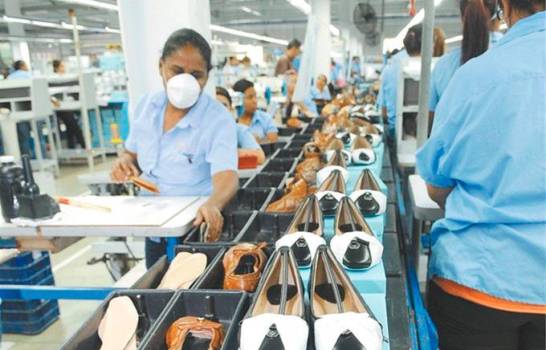
A recent study released by the World Bank says local export manufacturing zones are working fine, but there are issues that affect their long-term sustainability. One of the important issues is the recommended integration with the rest of the Dominican economy.
The report, “Dominican Free Zones: Policy considerations for a more competitive and inclusive sector,” focuses on the strengths of the sector and also the weak ties between the free zones and domestic companies. The report noted that by 2009, now four years after the end of the Multifiber Accord, which put an end to most of the apparel production based on low cost-low tech labor, many companies have recovered and are exporting such items as medical devices, pharmaceutical products and electronics.
The high volume of imports is evidence of these operations between 2010 and 2018. During these nine years, the dollar value of these imports represented 63% of the value of their exports. In other words, for every dollar exported only 37 cents remained in the country in one way or another. However, this still means a positive balance of some US$17 billion plus for the Dominican Republic.
This does not mean there has not been some diversification in production and even in the supply chain. According to the National Free Zone Council’s 2018 bulletin, the 673 companies operating under the free zone scheme are primarily those in garment manufacturing, tobacco products, agro-industrial products, medical devices, electrical and electronic equipment, chemical products and leather goods. There are 23 specialized products.
Yet, the report says the scales could move even more if there were to be a deeper and more consistent tie between local suppliers and the free zone companies within the production chain. The idea is for more of the free zone companies to source their input locally, thus cutting downtime and logistic costs. Executives of Dominican free zones say that a little fiscal encouragement by the government would go a long way to facilitating this important step in creating new ties within the supply chain.
Spokespersons for the Free Zone Association (Adozona) noted that all of the tax incentives for the 2020 Budget Year add up to just 0.06% of GDP, and this indicates that any expansion of these facilities would be more than rewarded by new, larger and more diverse entities in the free zones as well and in local suppliers as part of the policy shift.
Read more in Spanish:
Diario Libre
4 February 2020

